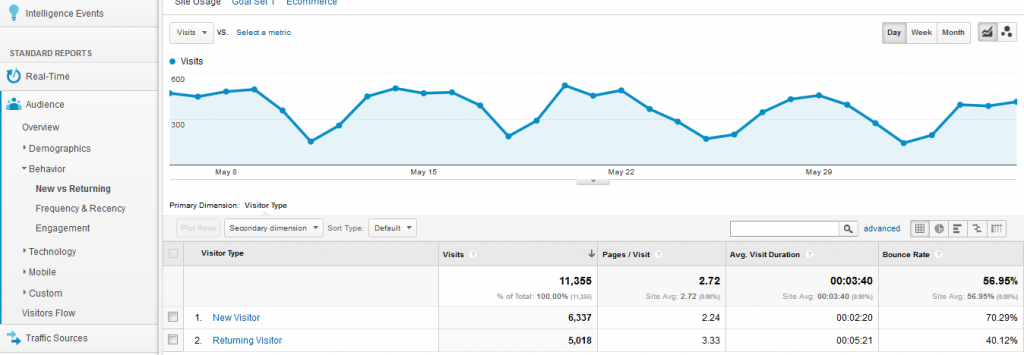Reaching out to specific niche markets effectively requires targeted marketing efforts. Profile-based market segmentation has helped traditional businesses become successful by directing marketing efforts where they matter most. The same approach can help your search optimization campaigns become more effective at giving your clients the results they want.
Selecting Profile Parameters
Just as you would identify profile parameters in traditional marketing, you also need to identify and select profile parameters in SEO. You will have to describe your audience by different types, see who you can reach, and use these types as your category. Parameter identification is easy, but selecting what demographics are relevant to your search optimization campaign requires careful thought.
You’ll need to think about what information people use to search for specific products and services. It could be their age, gender, ethnicity, location, language, marital status, and other quantifiable demographics. You can start by dividing your audience according to platform – social media, email, direct contact, website – and then choosing the popular segments afterwards: location (for local SEO), online purchase behavior, landing page or website abandoners, and loyal customers. These types of information are easy to track because many analytics.
Finding Viable Custom Segments
Segmenting by demographics or geographic location is standard in marketing strategies, but in a world where information is easy to get, you can go beyond these demographics when creating your segments. Focusing on your market’s behavior helps you go beyond reading the numbers and understanding your target market more thoroughly.
A good way of determining the viability of your desired custom segment is through Google Anlaytics. You will need to track your market in order to create a more accurate profile, and you’ll be needing more than demographics.
Under the Audience section, you will find other tracked categories that will give you insight on how else you should segment your website visitors. The “Behavior” section, for instance, gives you three options that track characteristics that are otherwise unquantifiable. You can set your own custom variables to see if the characteristics you notice – visitors’ behavior, frequency of visits, actions taken after such visits, etc. – can be turned into a marketing segment.
Filling in the Offline Customer Gap
Using profile-based market segmentation in your SEO strategy not only helps you reach out to your existing and potential online customers, but gives you the information you need to attract offline customers as well. You will have to look into traditional market research data, studying your business history, and analyzing offline characteristics in conjunction with your online marketing strategy.
Once you have the information about your offline customers, it will be easier to create campaigns that specifically target them. Traditional customer profiling is particularly useful in creating a content marketing strategy, because you will know what type of content to offer in order to get these customers online.
Segmenting by Lead Scoring

You will need to score based the following:
- Explicit factors, or those that you can track easily with numbers. This could be demographic or behavioral – the ones we’ve discussed earlier will fall under this section.
- Implicit factors, or those that are not as easily quantifiable or those that don’t necessarily have a solid tracking system. This includes conversion history, purchase history, data quality, and overall sales-readiness. For the last item, you will have to evaluate and rate things like user opinions and online reviews, loyalty, occasions, lifestyle, interests and hobbies.
If you already have a scoring system in place, this should make things easier. If you don’t, you can talk to us and we will help you create one.
Sign up for free and become our partner today to get started on profiling your customers. Keep checking back for more tips and updates on SEO!



